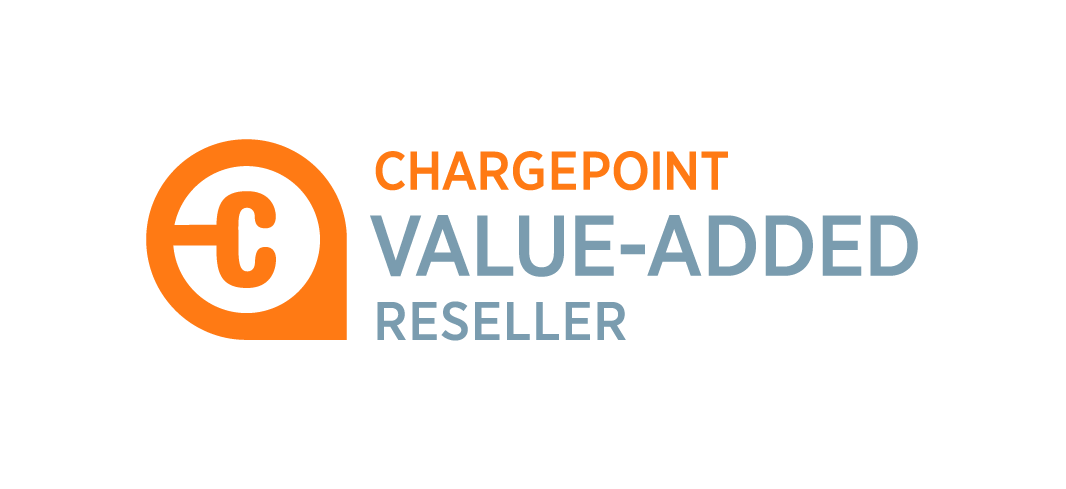Get a Big Impact with Potentially Zero Down
With over 15 years of leadership in solar energy, we are committed to helping you get the power you need at a price you can afford. Our team will assist you in ensuring that you receive all available federal and state tax credits, as well as other solar incentives. Below are the most common commercial solar financing options for your solar project, along with the benefits and drawbacks of each.
Cash Purchase
Purchasing your solar system outright is the most cost-effective option in the long term. By paying upfront, you eliminate ongoing costs and maximize your return on investment. From 2023-2032, you may recover up to 30% of your system cost through tax incentives, with potential for additional bonuses and credits. Typically, your energy savings will pay off the system in 4 to 8 years, followed by decades of free electricity.
Benefits:
- Maximized savings: You benefit from all tax credits and incentives, such as the 30% federal tax credit (ITC), plus any state-specific credits and bonuses.
- Ownership: Once paid for, the system is yours, and all future savings belong to you.
- Increased property value: Installing solar can raise the value of your property.
- No ongoing payments: After the system is paid off, there are no more monthly payments.
Disadvantages:
- High upfront cost: Requires significant capital investment upfront.
- Cash flow impact: Paying the full amount upfront could affect your immediate financial flexibility.
- Maintenance responsibility: You’re responsible for any future system maintenance or repairs (though costs are typically low).
Solar Loan
With a solar loan, you own the system but pay for it over time through monthly installments. This option allows you to keep the benefits of ownership without the need to pay upfront. You can usually pay off the loan early without penalties.
Benefits:
- No upfront costs: No need for an initial large payment, making solar more accessible.
- Claim tax credits and incentives: You still qualify for the federal tax credit (ITC), along with state incentives.
- Flexible repayment terms: Loan terms can extend up to 25 years, providing flexibility in repayment.
- Ownership: After the loan is paid off, the system is yours, and future savings are yours to keep.
Disadvantages:
- Monthly payments: While often lower than utility bills, you’ll still have regular payments.
- Interest rates: Interest charges may increase the total cost of the system.
- Debt impact: Depending on the size of the loan, it may impact your company’s debt profile.
Power Purchase Agreement (PPA)
A PPA is a great option if you want to purchase solar energy at a lower rate without owning the system. With a PPA, a third party owns, maintains, and repairs the system for 15-25 years, while you buy electricity from them at a reduced rate compared to your utility provider.
Benefits:
- No upfront costs: You pay nothing to install the system.
- Low cost per kWh: You buy electricity at a reduced rate compared to your utility provider.
- No maintenance: The third-party provider is responsible for all system maintenance, repairs, and monitoring.
- Immediate savings: Start saving on electricity bills right away.
- No financial risk: You don’t own the system, so you aren’t liable for performance issues or repairs.
Disadvantages:
- No ownership: The system is owned by the third party, and you may not have the option to buy it after the term.
- No tax credits or incentives: The third-party provider claims any available tax credits and incentives.
- Long-term commitment: You’re locked into a 15–25 year agreement, which may be difficult to exit early.
- Potential price escalation: The cost per kWh may increase over time, depending on the terms of your agreement.
Property Assessed Clean Energy (PACE)
PACE financing allows you to pay for your solar system via a property tax assessment. It’s an excellent option for funding your solar system without large upfront costs, and the interest may even be tax-deductible. Plus, the repayment is linked to the property, not the individual or organization.
Benefits:
- No upfront costs: The cost is added to your property tax bill, with no large initial payments required.
- Tax-deductible interest: The interest on your PACE financing may be tax-deductible.
- Long repayment terms: Repayment terms are typically longer, making semi-annual payments more manageable.
- Transferable: The PACE assessment is tied to the property, not the owner, so if you sell the property, the new owner automatically assumes the assessment.
- No debt impact: Since it’s treated as a tax, not a loan, it doesn’t appear on your balance sheet (depending on your accounting method).
- You keep tax credits: Unlike many other financing options, you retain eligibility for federal and state tax credits and incentives.
- Flexible revenue sources: If your energy savings, along with potential revenue from EV chargers, cover the payments, you could effectively get the system with no additional out-of-pocket costs, while still retaining the tax credits and incentives.
Disadvantages:
- Availability: PACE programs are not available everywhere, so check if it’s offered in your area.
Solar Lease
A solar lease lets you rent the solar system from a third-party provider for a fixed monthly fee. You enjoy the benefits of solar energy without ownership responsibilities, as the provider maintains and operates the system.
Benefits:
- No upfront costs: Like a PPA, you pay nothing to install the system.
- Fixed monthly payments: You pay a predictable, fixed monthly fee, which can simplify budgeting.
- No maintenance: The provider handles all maintenance, repairs, and monitoring, so you don’t have to worry about upkeep.
- Immediate savings: You can start saving on electricity bills right away, though savings may be less than with other options.
- Ownership flexibility: At the end of the lease term, you may have the option to buy the system or renew the lease.
Disadvantages:
- No ownership: At the end of the lease term, you do not own the system, and you may not have the option to continue using solar energy without additional costs.
- No tax credits: The provider claims any tax credits and incentives.
- Fixed payments: Monthly payments are fixed, meaning they won’t decrease if your energy savings increase.
- Commitment: You’re locked into the lease for a specific term, and early termination may come with penalties.
We hope this breakdown helps you better understand your financing options for a solar project.
Whatever you decide, our team is here to help you find the best solution that meets your energy needs and budget.




